By Joseph Santoliquito
Efe Ajagba had just finished an exhaustive sparring session. The towering 6-foot-6, Nigerian heavyweight was coated in sweat and tired, though not too fatigued to reveal something to his renowned trainer, Ronnie Shields.
It was a bromide Shields had been pounding Ajagba’s ears with for months. Shields had been on Ajagba about head movement. Sometimes the message would sink in. Sometimes it wouldn’t.
This time, Ajagba saw the words.
“I knew what you were saying, but now I see what you were saying,” Ajagba told Shields while getting his gloves untied. “When I’m able to move my head, I’m able to counter off of everything. On the right side or the left side, I can throw a body shot, or an uppercut. I can throw a straight right hand, or a left hook. I see that now.
“I have to be aware of a fighter all of the time, even if he’s hurt.”
That informed Shields that Ajagba is progressing and thinking about everything he does in the ring.
Ajagba will face an interesting test this Saturday, March 7, when he takes on 6-foot-7½ Razvan Cojanu (16-7, 9 KOs) at Barclays Center in Brooklyn, N.Y. on FOX PBC Fight Night (8 p.m. ET/5 p.m. PT).
It’s the first time Ajagba (12-0, 10 KOs) will be in the ring with a fighter taller than he is, and it’s also Ajagba’s first fight since he was knocked down for the first time, which occurred against Iago Kiladze in December.
By climbing off the canvas after getting caught in the third round, Ajagba displayed a resilience he did not have to previously show. Ajagba stormed back to floor Kiladze and finish him when Kiladze’s corner threw in the towel at 2:09 of the fifth.
“Efe temporarily lost his concentration and walked into a punch that he didn’t see,” Shields said about the Kiladze fight. “Efe just didn’t see the punch. Efe is growing in the sport, and that’s what you want to see from your fighter. He’s doing a lot of different things on his own, not waiting for me to tell him—like head movement and ways to counter off a miss.
“The other thing I like is that he’s seeing things. He sparred the other day and he came to me about the openings he saw by moving his head. It had been something I brought up with him. He’s pointing things out to me, to let me know that he’s thinking.
“Against Kiladze, he didn’t think. He lost concentration, and he told me he was about to throw a punch, and the next thing he knew, he was on the canvas.”
Shields warned Ajagba that every heavyweight carries some power, and it has to be respected. Kiladze’s right to Ajagba’s jaw produced a flash knockdown. Ajagba wasn’t hurt, he was caught off balance. But it supported what Shields had stressed to Ajagba about the how, why and where a fighter winds up on the canvas.
“ I want to make up for what I did in my last fight. ”Undefeated Heavyweight Prospect – Efe Ajagba
“Efe understands that when he has someone hurt, he can’t walk forward with his hands down,” Shields said. “Efe is becoming a student of the game. He’s watching a lot of tape, and he’s doing it on his own—not waiting for me to do it with him. When I tell him about the things he’s doing, he’s seeing the same things I see.
“A lot of fighters don’t like watching video of themselves. They don’t like looking at their faults. Efe is learning from his. And like I said, he’s not waiting for me to tell him things, he’s listening and learning.
“I tell all of my fighters that I’m not the one in there, they are. They need to know what they’re doing right and wrong.”
When Ajagba first came to the United States, he had to adjust to the American way of coaching. In Nigeria, boxing coaches would instruct their fighters, without showing them. The trainers would break down and evaluate film without the fighter sitting next to them.
Shields does not do that with Ajagba. He’s pointing out the minute details when the two watch film.
Ajagba is a neophyte in comparison to today’s heavyweight. He will turn 27 in April, while every other top-10 heavyweight is 30 or older. Anthony Joshua is 30, Tyson Fury is 31 and Deontay Wilder is 34. Dillian Whyte and Michael Hunter are each 31, and Adam Kownacki is 30. Alexander Povetkin and Luis Ortiz are each 40.
This year is a prime time for Ajagba to move.
“Efe is progressing so fast that I would say he’s a year ahead of schedule,” Shields said. “We are moving him faster than we anticipated. Someone told me the other day, ‘I thought you guys were going to back off a little bit.’ As a team, we see Efe making a move this year, from everything we’ve seen so far.”
Ajagba feels like he’s getting better—and that comes with learning.
“The last fight, I made a lot of big mistakes,” Ajagba admitted. “My head movement and defense has to be better. I did get up. I was surprised I was put down. It is boxing, and one punch can put you down.
“When I got up, I was still okay. I’ve only been doing this for two years. But I still have to gain more experience and this guy Cojanu is taller than me. My plan is to move my head more than I have in the past, work behind my jab and use my right hand.
“I want to make up for what I did in my last fight.”

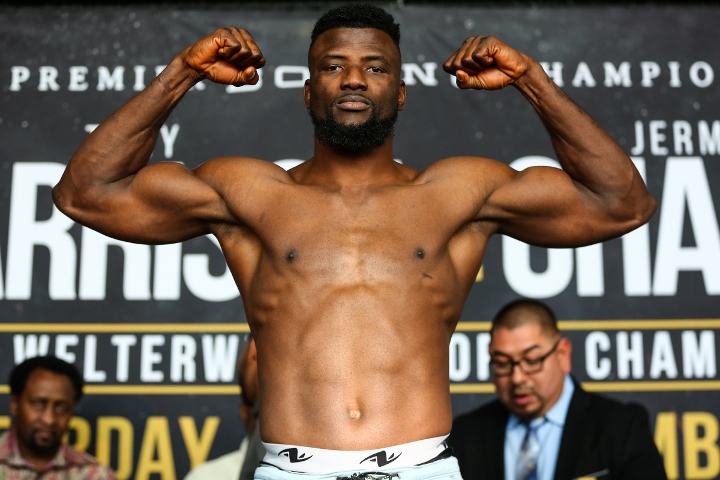

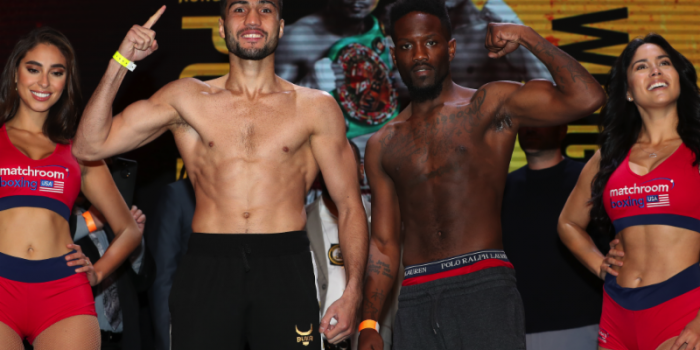
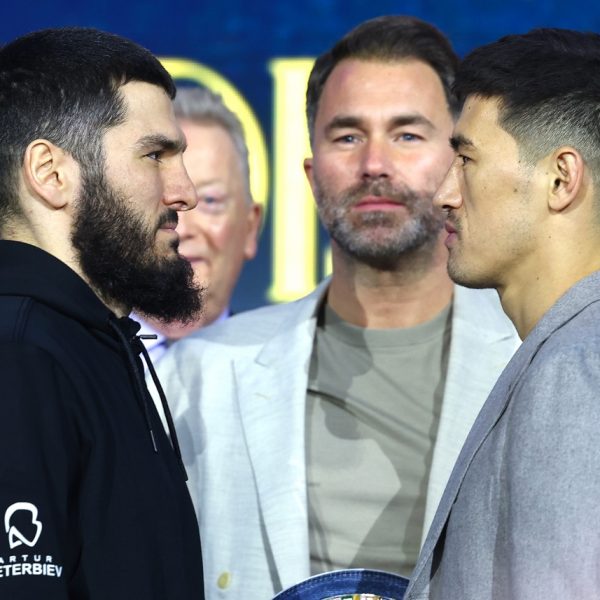
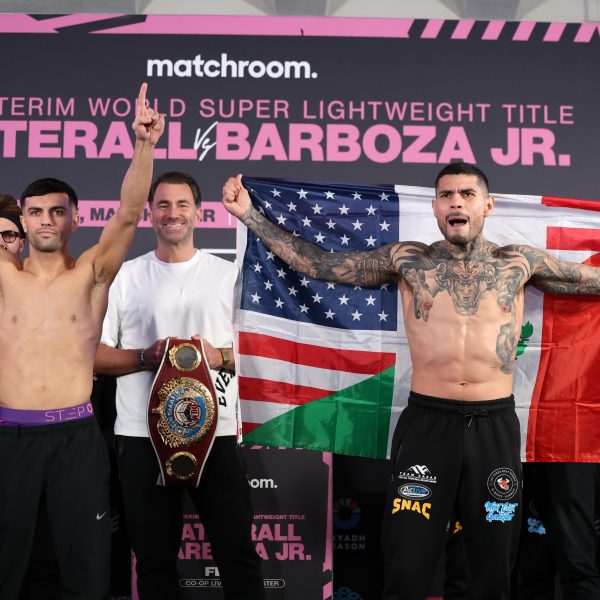
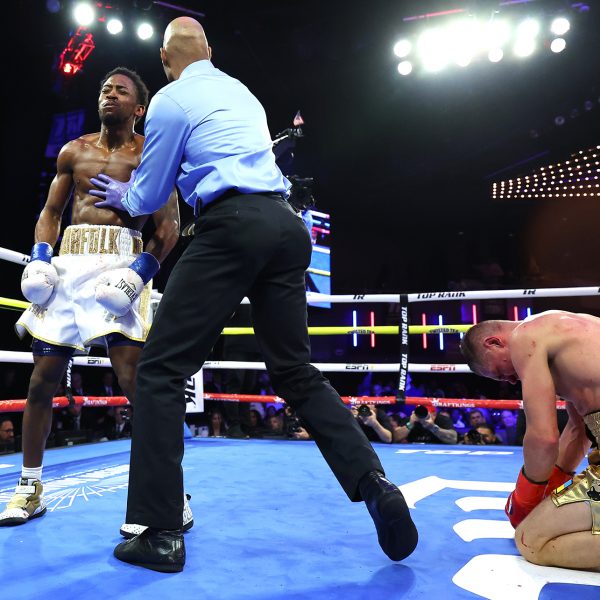


Recent Comments